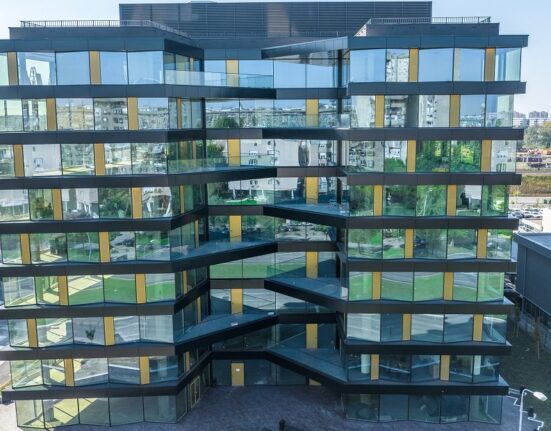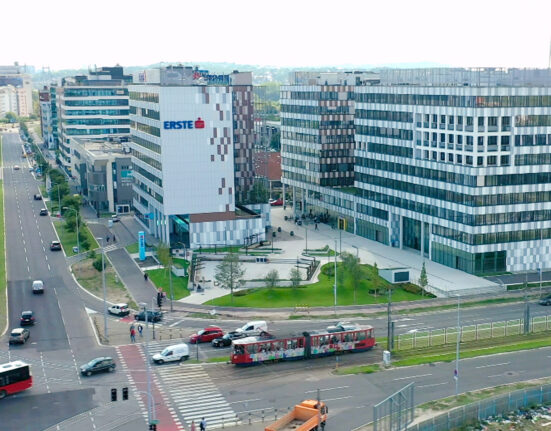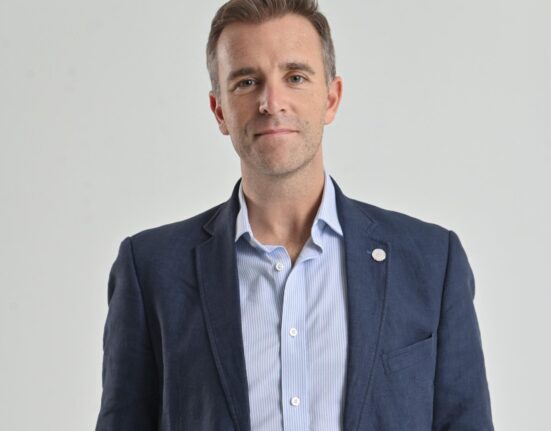Despite being a regional winner with a still-growing economy, Serbia is likely to come in with GDP growth of only 3 percent in 2022—down from 7.4 percent in 2021. That said, Serbian growth is likely to outshine competitors in the Balkans, and will likely come in among the leaders of EU countries both this year and next—in part due to the fact that the West is facing pressure from energy prices in the wake of the ongoing war in Ukraine.
Yet the IMF is currently reviewing economic performance, monetary and fiscal policy and considering sign-off on EUR 2.4 bln in financing for Serbia, which ostensibly still has the end-goal of EU accession.
Various reports—including those from Bloomberg—indicated that an agreement has been reached, and that it will likely be signed/implemented as early as December.
That said, the IMF has been more conservative with regard to potential growth than has the Serbian Central Bank, slating GDP growth to come in at 2.5 percent in 2022 and 2.25 percent in 2023—thus the fund’s efforts to convince Serbia to be stricter with regard to both monetary and fiscal policy. These less optimistic predictions, however, creates still further incentive for Serbia to shoot for the more affordable financing offered by the IMF.
Photo of the Serbian Ministry of the Economy by: Ludovic Péron, CC BY-SA 3.0 <https://creativecommons.org/licenses/by-sa/3.0>, via Wikimedia Commons.








